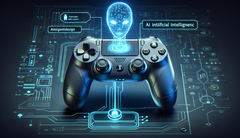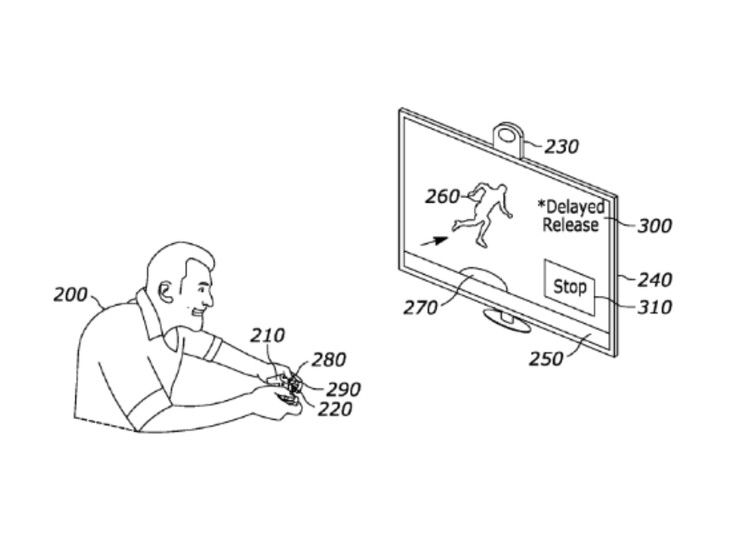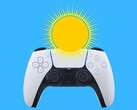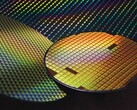On July 6, 2023, Sony filed a new patent under the number WO2025010132, which was published on January 9, 2025. The patent details an AI-powered system designed to predict player input by combining data from cameras and controllers to track hand movements and inputs. The camera's placement is flexible, potentially being integrated into controllers, TVs, VR headsets or other devices.
The AI processes this incomplete data in real time, executing predicted actions while considering context-specific information from game engines, such as character positions or enemy movements. A key advantage of this technology is its potential to significantly reduce latency, enabling more precise and seamless inputs, particularly in fast-paced games. Additionally, it could help prevent unintentional inputs, such as those caused by repeatedly pressing a button.
Practical implications
For instance, if a player slightly lifts their thumb, the AI might anticipate the action and make the character jump over an obstacle before the button is fully pressed. Similarly, when using a weapon, the AI could withhold firing if no target is within range. However, errors are inevitable and the technology could occasionally misinterpret inputs, leading to unintended actions.
Reactions from the community
Opinions on platforms like Reddit are divided. Many users view Sony's new technology as a promising solution to latency issues and a way to enable innovative gameplay mechanics. However, some critics point out that similar technologies already exist, questioning whether this patent represents a significant advancement or merely an iteration of existing ideas.
For example, rollback netcode, widely used in modern fighting games like Street Fighter V and Mortal Kombat 11, similarly predicts player inputs to minimize delays in online matches. When the prediction is accurate, the game flows seamlessly; if not, the action is adjusted retroactively. While Sony's concept isn’t entirely new, it still holds promise for enhancing gaming experiences by making inputs more precise and gameplay more comfortable.
Initially only in games from Sony studios
The technology is expected to debut in games developed by Sony's own studios. However, it remains uncertain whether it will be implemented on the PlayStation 5 or reserved for the next-generation PlayStation 6. Its potential availability for third-party games is also unclear at this stage.


































